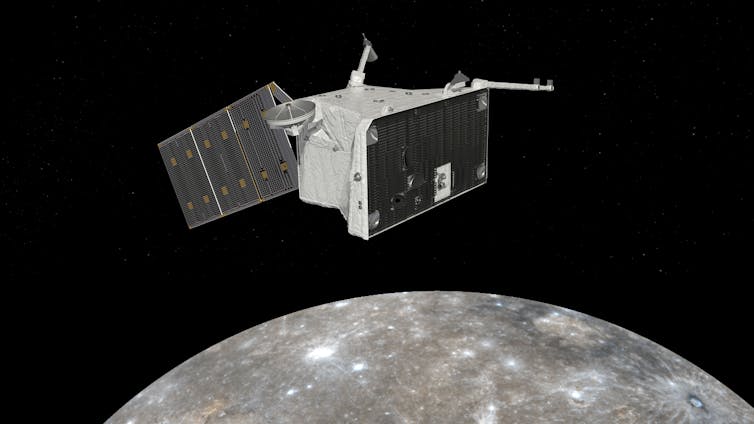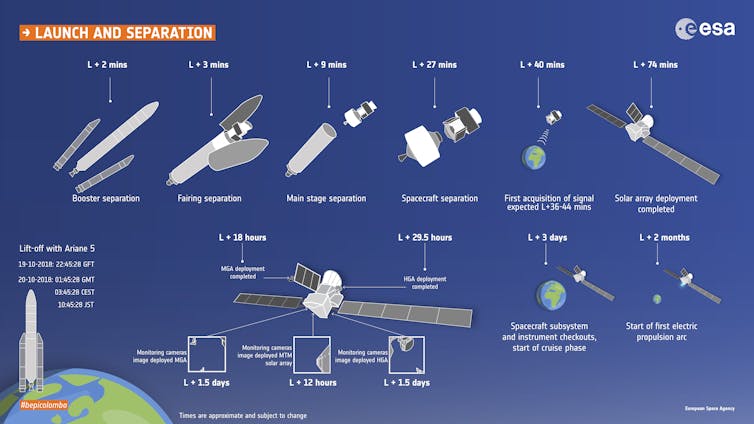
It is no surprise that Game of Thrones is being used to stimulate interest in medieval studies. Westeros is replete with medieval staples such as knights, queens, broadswords and castles. It’s packed with recognisable medieval characters, including Machiavellian schemers, brutal warriors, noble heroes, paternalistic lords and power-hungry aristocrats.
Of course Game of Thrones is fundamentally ahistorical, taking inspiration from popular myths about many different periods and places. But while it illuminates little about the past, it reveals much about how we imagine that past.
Medieval scholar David Matthews suggests that modern views of the Middle Ages can be categorised as either romantic or grotesque. Game of Thrones features both elements in spades.
The likes of vicious, spoiled king Joffrey Baratheon, his scheming mother Cersei Lannister and psychopathic warlord Ramsey Bolton signify the grotesque. They represent the idea of the Middle Ages as a violent and lawless era. That notion was created by the literati of Renaissance Italy as they sought to rediscover the learning and culture of ancient Greece and Rome. Such views were reinforced by the Reformation, which equated Catholicism with medieval folly.
These attitudes were strengthened during the 18th-century Enlightenment. The “light” of modern reason and objectivity was contrasted against the superstitious “darkness” that had supposedly characterised the medieval period. In this way, the Middle Ages became a foil against which to measure the achievements of modernity.
If the Middle Ages have become a shorthand for brutality, they can also highlight the supposed inadequacies of non-Western societies. Since the September 11 terrorist attacks, it has become routine among Western officials and journalists to label Islamic extremists as “medieval”. In 2015, US Republican presidential candidate Carly Fiorina even claimed that her degree in medieval history would help her fight Islamic State.
Such attitudes can be identified in Game of Thrones. The brown-skinned slave-trading Dothraki are portrayed as a Mongol-esque horde whose primary characteristic is primitive savagery. Daenerys Targaryen, a claimant to the throne of Westeros who liberates thousands from servitude in the neighbouring continent of Essos, is portrayed as a white saviour bringing freedom to oriental slaves.

There is also much to admire in the protagonists we root for. Daenerys, the heroic Jon Snow and the honourable and doomed Ned Stark are examples of the “romantic” Middle Ages. They are brave, honourable, noble and just, sitting within a vision of the medieval past informed by ideas about chivalry and morality.
Such figures hark back to older views of the Middle Ages as a heroic age in which individuals could make their own moral choices. Think of T. H. White’s Arthur, Walter Scott’s Ivanhoe, and the numerous retellings of the Robin Hood legend. Looking further back, we see these same tropes in Thomas Mallory’s Arthurian romances, themselves composed at the very end of the medieval era.
In all cases the main characters champion the oppressed and challenge established authorities which lack moral legitimacy, just like our heroes in Game of Thrones.
But the aristocratic status of the Starks and Targaryens also represents social order and cohesion. These rival families do not seek to tear down the existing hierarchy in Westeros, but rather to remodel it along more just and benevolent lines. This tallies with an image of the Middle Ages as a golden era of stability, when everyone knew their role and had clearly defined responsibilities towards one another. For 19th-century thinkers, including John Ruskin and William Morris, the medieval period was a model through which humanity might from escape from the cruel vicissitudes of industrial capitalism.

That said, the degradation and abuse that many female characters endure – which sparked accusations of misogyny – is of course grotesque rather than romantic.
What Game of Thrones does so well is balance these elements. Too much violence and many fans would turn off in disgust. Too much high-minded moralising and the show would feel sanitised and lacking a genuine sense of peril. Perhaps that is why the adventures of characters such as Arya, Cersei’s brother Jaime Lannister, their enforcer Sandor Clegane and above all the charming and Machiavellian Tyrion Lannister make for such compelling viewing. They operate in the borderlands between the “grotesque” and the “romantic”, making them admirable and repugnant in equal measure.

How we conceptualise the present is inevitably influenced by how we imagine the past. In terms of selling a story, therefore, the accuracy or otherwise of the medieval vision that Game of Thrones presents is irrelevant.
About Today's Contributor:
Richard Marsden, Lecturer in History, The Open University
This article is republished from The Conversation under a Creative Commons license.
Game of Thrones Related Stories:
- Let's Fact Check The Game Of Thrones House Words
- The Red Woman: The History Behind Game Of Thrones' Mysterious Mystic
- Forget Jon Snow, Watch The Young Women To Find Out How Game Of Thrones Ends
Related Videos:





































